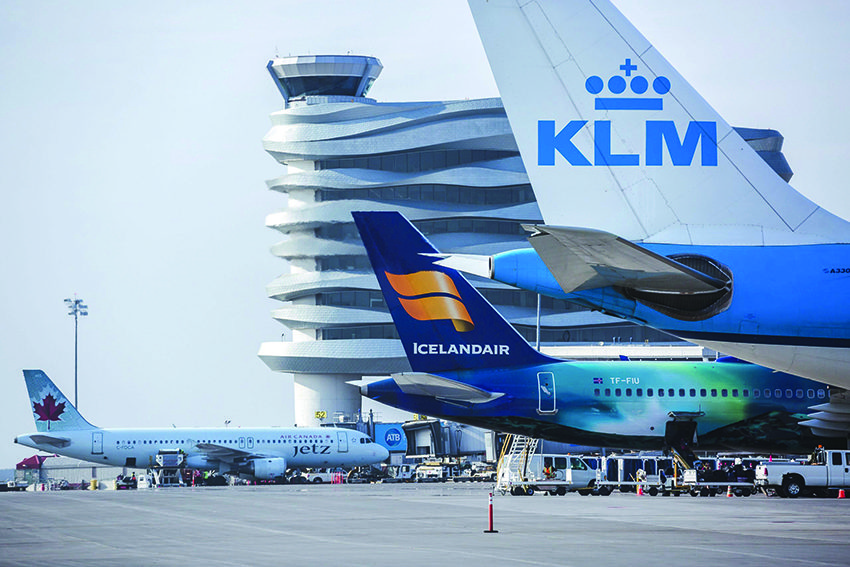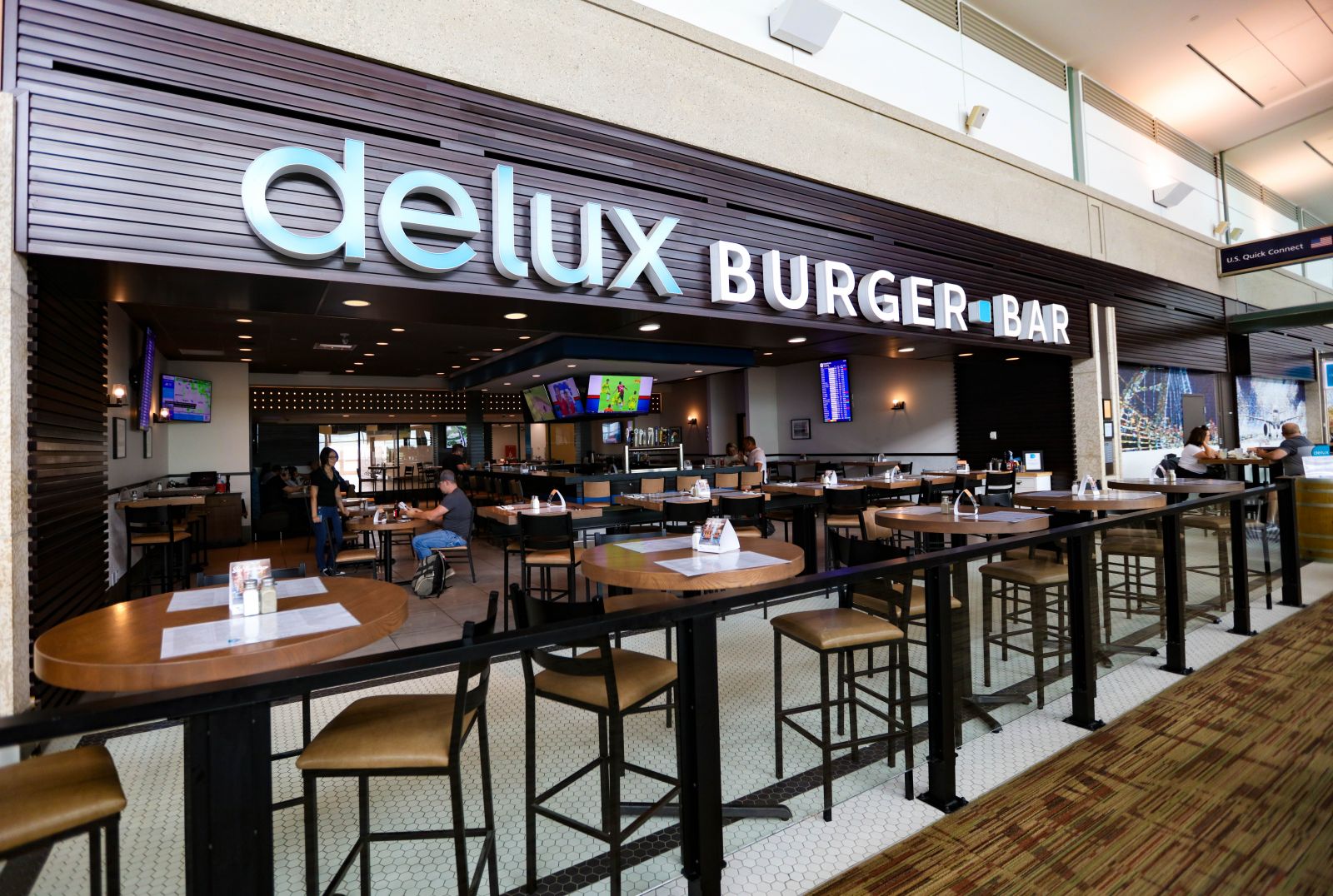MXD Development Strategists considers the three key trends driving the development of airports as living labs for innovation.
Airports are becoming Living Labs for adopting next-generation development concepts. Progressive airports are tracking fundamental shifts in how we work, live, communicate, move, eat, purchase goods and share information, to innovate, respond to disruption and become resilient.
Trends having profound implications on development at airports include: how we move around, the rise of technology innovation incubators and collaborative workspace, and the rapidly evolving e-commerce supply chain.
How We Move Around
Mobility is undergoing a fundamental transformation. Travelers and commuters demand transportation options that provide fast, convenient, affordable, comfortable and flexible alternatives. Social media innovations and the preferences of millennials are driving demand for ridesharing and alternative mobility platforms, unlocking development opportunities at airports. Uber serves more than 300 international airports and averages over 40 million rides a month across its global network.
Ridesharing services and autonomous vehicles (AVs) are expected to reduce demand for parking, as already apparent at many North American airports. To be resilient, airports have begun embracing designated areas for ridesharing and adaptive re-use of parking facilities for other development, as at Toronto Pearson International Airport’s intermodal Mega Hub. Hartsfield-Jackson Atlanta International, Dallas/Fort Worth International, Denver International and Pittsburgh International are embracing this same approach, to facilitate seamless multimodal mobility. Uber is testing its AV program in collaboration with the Carnegie Mellon University Robotics Lab and Volvo, which will be explored at the Pittsburgh International Airport Innovation Campus.
Edmonton International Airport and the City of Edmonton, with the University of Alberta, are a key innovator of AV mobility with their Four-Season AV testing program. An AV transit and logistics route between the city and airport has been identified, and the airport is developing a five-acre AV commercial vehicle test track and 20,000sqft (1,860sqm) AV educational facility.
Innovation and Collaboration
Airports have always been testing grounds for aviation innovation and are now becoming living labs for advanced research and development initiatives that cross-pollinate aviation with mobility, technology and development. Innovation incubators cultivate startup businesses, providing resources to launch new technologies in a supporting ecosystem by facilitating co-workspace, venture capital funding and management/marketing mentoring.
Companies including Amazon, Google and Apple have recognized the value of creating flexible, technology-enabled workspaces for fostering entrepreneurial creative collaboration and incorporating amenities necessary to stimulate innovation and attract talent.
Atlanta has led the incubation of innovation with the creation of Technology Square at the Georgia Institute of Technology in Midtown Atlanta. Technology Square’s ATDC Incubator at the Centergy One Building involves Delta Air Lines, Boeing, Honeywell, Georgia Power and various Fortune 1000 companies in the incubation of new technologies.
The Alberta Aerospace and Technology Centre (AATC) was created at Edmonton International Airport to establish an on-campus Aerospace Technology Cluster. The AATC involves a partnership between EIA, Edmonton Economic Development Corporation, the Government of Alberta and private sector companies including Canadian North and Canadian Helicopters.
Singapore Changi Airport has partnered with the Singapore Economic Development Board to invest US$50m into its Living Lab Programme, an innovation incubator to develop and test new products and technology solutions at the airport involving automation, data analytics, Internet of Things, non-intrusive security and smart infrastructure.
Evolving E-commerce Supply Chain
The rise of e-commerce has had a profound impact on real-estate development and supply chain management, placing an increasing emphasis on local last-mile distribution agility. Airports play a critical role in the last-mile movement of goods. The evolving 3,000,000sqft (278,710sqm) Amazon Prime Air Hub at Cincinnati/Northern Kentucky International Airport demonstrates the powerful role that fast cycle e-commerce logistics has on retailing and supply chain management.
At Memphis International Airport, FedEx has invested US$1bn in its World Hub to further facilitate e-commerce, as well as perishable and bio-life goods. These improvements will grow the established bio-life sciences cluster, which involves Medtronic, Smith-Nephew and McKesson.
The 800,000sqft (74,320sqm) Aurora Sky robotic-automated medical cannabis production facility at Edmonton International Airport demonstrates the role of technology in economic diversification and stimulating cargo activity.
Outlook
Reflecting on these trends, airports represent distinct opportunities for embracing forward-thinking development trends as a platform for innovation and real-estate development to facilitate next generation concepts affecting how we live, work, play and move around.



